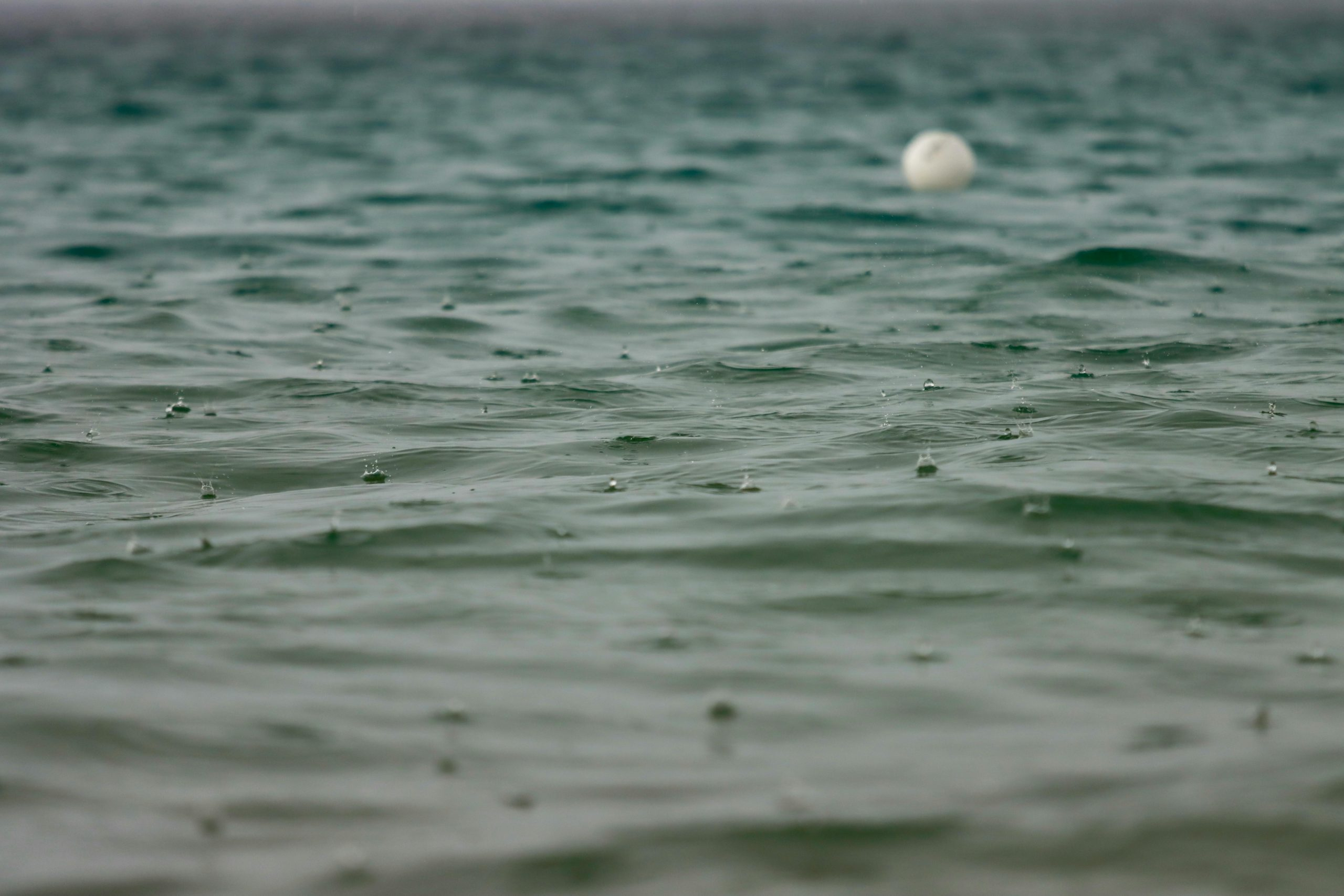Coastal Property Risks Amid Changing Climate Conditions
The impacts of climate change are becoming more and more apparent every year. Coastal areas are particularly vulnerable to the effects of rising sea levels, increased storm activity, and other changing climate conditions. As a result, the risks associated with owning coastal property are also changing. Property owners, as well as those looking to purchase coastal property, must be aware of these risks and take appropriate measures to protect their investments. In this article, we will discuss the risks that come with owning coastal property in the face of a changing climate and what can be done to mitigate them.
Understanding Coastal Property Risks
Coastal property has always been at risk for various natural hazards, such as storm surge, erosion, and flooding. However, as the climate continues to change, these risks are becoming even more pronounced. The rising sea levels caused by warming temperatures are causing more frequent and severe storm surge events, which can lead to devastating damage to coastal properties.
In addition to the increased risk of storm surge, coastal properties are also at risk from changes in precipitation patterns. Along with rising sea levels, increased rainfall and flooding are common consequences of climate change. These events can cause serious damage to coastal structures and properties, leading to significant financial losses for property owners.
The Effects of Erosion
Another major risk to coastal properties is erosion. As sea levels rise, the shoreline is pushed further inland, which causes erosion of the land. This can cause serious damage to coastal properties, including loss of land, structural damage, and even total loss of the property. In addition, erosion can lead to increased risk of flooding, as there is less natural protection from storm surge.
The Threat of More Intense Storms
In addition to the risks posed by sea level rise and erosion, coastal properties are also at risk from more intense and frequent storms. Climate change has been linked to an increase in extreme weather events, including hurricanes and other severe storms. These storms can cause significant damage to coastal properties, including flooding, wind damage, and structural damage.
Mitigating Coastal Property Risks
While the risks associated with coastal property are significant, there are measures that property owners can take to mitigate these risks. One of the most important steps is to stay informed about the changing climate and how it may affect the area where the property is located. This will allow property owners to make informed decisions about their property and take necessary precautions.
Another important factor is to consider when purchasing coastal property is the location. Properties located in areas with a higher risk of storm surge, erosion, and flooding may not be a wise investment in the face of changing climate conditions. It is important to research the area and its history of natural hazards before making a purchase.
Furthermore, investing in protective measures, such as sea walls, storm shutters, and elevated foundations, can help to mitigate the risks of coastal property ownership. These measures can help to protect against storm surge, erosion, and flooding, and can ultimately save property owners money and prevent devastating damage.
Staying Prepared
In addition to taking necessary precautions, property owners should also have a plan in place in case of a natural disaster. This includes having a detailed evacuation plan, emergency supplies, and adequate insurance coverage. It is important to regularly review and update these plans to ensure they are effective in the event of an emergency.
Conclusion
The risks associated with owning coastal property in the face of changing climate conditions cannot be ignored. As sea levels continue to rise and extreme weather events become more common, it is important for property owners to take necessary precautions and be prepared for potential disasters. By understanding these risks and taking proactive measures to mitigate them, coastal property owners can protect their investments and ensure their safety in the face of a changing climate.










